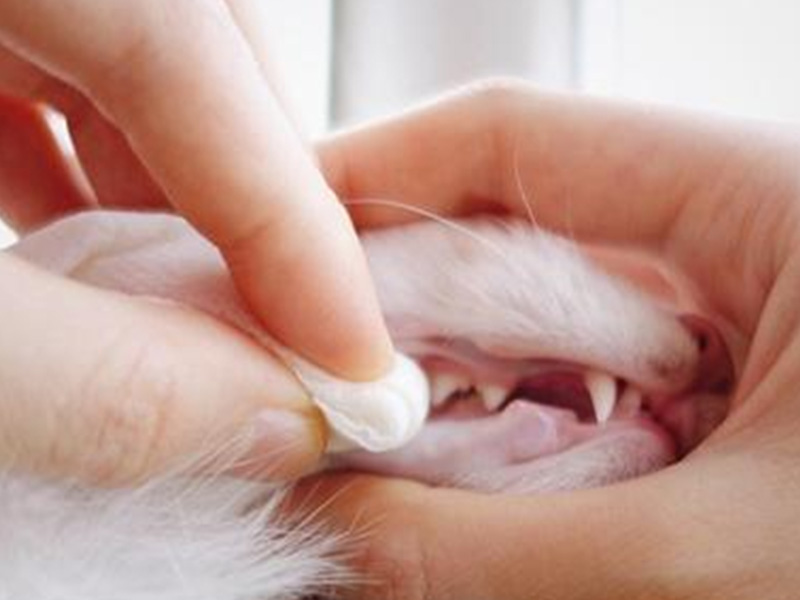
As a responsible cat owner, it’s essential to do more than just provide food, water, and a clean litter box. Daily grooming is an often-overlooked but crucial part of maintaining your cat’s health and well-being. Regular grooming not only keeps your cat looking their best but also prevents various health problems. Here are seven key grooming tasks that you should do to keep your feline friend clean, happy, and healthy.
1.Eye Care
Why Eye Care is Important: If left unchecked, cat eye discharge (or “eye boogers”) can harden and stain the fur around their eyes. This condition, known as “tear stains,” can cause discomfort and even eye infections. It’s important to regularly clean your cat’s eyes to avoid these issues.
Tools: Cotton pads or makeup remover pads
Method: Soak a cotton pad or makeup remover pad in saline solution and gently wipe from the inner corner of the eye towards the outer corner. For hardened discharge, wipe several times to soften the debris. Avoid using your fingers to prevent accidental injury.
Frequency: Clean eyes as needed, typically when discharge is visible.
2.Nose Care
Why Nose Care is Important: Cats occasionally accumulate black nasal discharge, often caused by tears flowing into the nose and mixing with dust. If left untreated, this discharge can block your cat’s nasal passages, impacting their sense of smell and appetite. In some cases, green or yellow discharge could signal an upper respiratory infection that requires medical attention.
Tools: Cotton pads or makeup remover pads
Method: Moisten a cotton pad with saline solution and gently wipe the nose. Avoid using your fingers to prevent injury.
Frequency: Clean the nose as needed, especially if discharge is visible.
Note: Cats with flat faces (such as Persians or Exotics) require extra attention to their noses due to their unique nasal structure.
3.Ear Care
Why Ear Care is Important: While most cats have clean ears, regular cleaning helps prevent ear infections or other ear issues. If you notice dark or dirty earwax, it’s important to address it promptly.
Tools:1.Cotton pads or cotton balls 2.Baby cotton swabs (avoid regular cotton swabs, as they’re too hard) 3.Ear cleaning solution
Method:1.Gently fold back the ear and assess its cleanliness. If clean, apply a few drops of ear cleaning solution, massage the base of the ear, and let the cat shake it out. 2.For dirty ears, apply ear cleaning solution, soften the wax, and use a cotton pad or swab to gently clean the inside of the ear.
Frequency: If clean, apply ear drops every two weeks. If dirty, clean the ears daily.
Note: Frequent scratching or foul odors from the ears may indicate an ear infection or ear mites, requiring a vet visit.
4.Dental Care
Why Dental Care is Important: Just like humans, cats can develop plaque, tartar, and gum disease. Regular brushing can help prevent tooth decay, gingivitis, and costly dental procedures.
Tools: Pet-safe toothpaste (edible), pet toothbrush or finger brush
Method:1.Let your cat familiarize themselves with the toothpaste flavor. 2.Brush in gentle, vertical strokes along the teeth. 3.Pay extra attention to the back teeth where food particles often remain. 4.Check for any signs of gum inflammation or food buildup in the spaces between teeth.
Frequency: Brush your cat’s teeth at least once a week.
5.Chin Care
Why Chin Care is Important: After eating, your cat’s chin can collect food residue and oils, which they cannot clean on their own. Over time, this can lead to bacterial buildup, causing skin infections or feline acne (black chin).
Tools: Cotton pads, pet wipes
Method: Wet a cotton pad and gently wipe your cat’s chin to remove any residue or oil buildup.
Frequency: Clean your cat’s chin daily or as needed.
Note: Using a slanted food bowl can help reduce the risk of chin buildup, as it prevents the chin from touching the bottom of the bowl.
6.Nail Clipping
Why Nail Clipping is Important: Overgrown claws can lead to painful injuries or even accidental scratching of furniture or people. Regular nail trimming prevents claws from becoming too sharp and reduces the risk of painful breakages.
Tools: Nail clippers for cats
Method: Gently hold your cat’s paw and clip the translucent part of the nail, avoiding the pink area (blood vessel). Trim about 2-3 millimeters away from the vessel.
Frequency: Trim your cat’s nails once a week.
7.Fur Brushing
Why Fur Brushing is Important: Regular brushing helps reduce shedding and prevents matting, which can lead to discomfort for your cat. It also reduces the risk of hairballs and helps you monitor your cat’s skin for signs of abnormalities, such as bumps or parasites.
Tools: Cat comb or grooming brush
Method: Brush your cat’s fur from head to tail, following the natural direction of hair growth. If you encounter tangles, carefully untangle them without pulling.
Frequency: Brush daily, especially if your cat has long fur. For short-haired cats, brushing 2-3 times a week is sufficient.
Conclusion: Daily Grooming for a Healthier, Happier Cat
Maintaining your cat’s cleanliness through regular grooming can help prevent a variety of health issues and keep them comfortable. From cleaning their eyes, ears, and nose, to brushing their fur and trimming their nails, these tasks are essential for your cat’s well-being. By making grooming a part of your routine, you’ll strengthen your bond with your feline companion and ensure they live a happy, healthy life.
